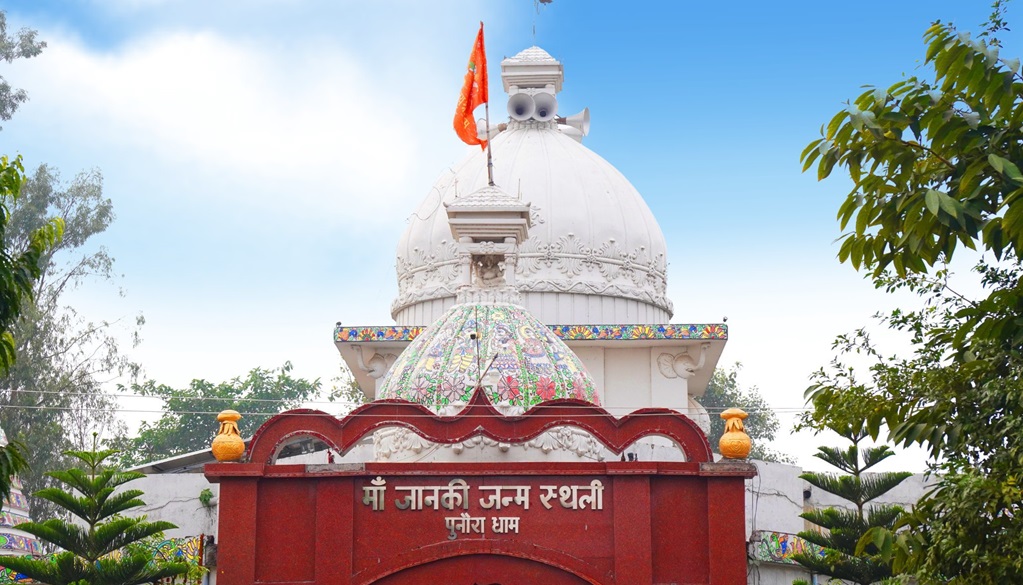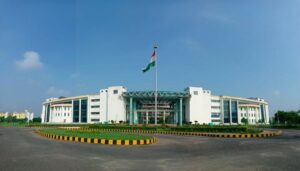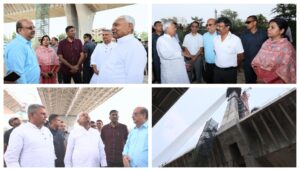Bihar: Ramayana Research Council Initiates Project for Installation of Mata Sita’s 251-Foot Statue

SITAMARHI – In a significant development, the Ramayana Research Council has announced plans to lay the foundation for the installation of a grand statue of Mata Sita in 2024. The chosen site, located at Raghopur Bakhri, has undergone thorough inspection by a team of architects, marking a crucial step towards realizing this monumental project.
The council has secured an agreement for 30 acres of land to construct a towering statue and temple dedicated to Mata Sita, standing at an impressive height of 251 feet. The initial phase involves the completion of land registration for 12 acres and 43 decimals, with the remaining land in the process of free registration.
A unique feature of the project includes the installation of 108 statues arranged in a circular pattern around the main statue of Mata Sita, depicting the life philosophy of this revered figure. To enhance the spiritual experience, a boating method will be introduced for devotees to witness the divine statues.
In addition to the main statue and temple, the site will host various facilities, including a research center, study center, and a digital library. Furthermore, statues of key characters from the Ramayana, presented in divine form, will grace the campus. The project also aims to incorporate statues of major deities from different states across the country.
A related development involves the installation of the Sita Udbhav Jhanki statue in Urvija Kund of Punaura. The Religious Trust Board has revealed plans to commence the installation work in February 2024. The statue, adorned with 61 minarets, will be placed in the center of the pond, creating a captivating visual spectacle.
Simultaneously, the Ramayana Research Council has embarked on a comprehensive development plan for Punaura at a cost of Rs 72.47 crore. The initiative, inaugurated by Chief Minister Nitish Kumar on December 13, includes the renovation and beautification of Punaura Dham temple.
Key features of the plan encompass the construction of a covered parikrama path around the temple, showcasing excellent architecture using sandstone. Additionally, provisions for parking facilities for tourist vehicles at the Janaki Mahotsav grounds and the establishment of a cafeteria for visitors are included in the ambitious project. The development aims to elevate Punaura as a prominent religious and cultural destination.






